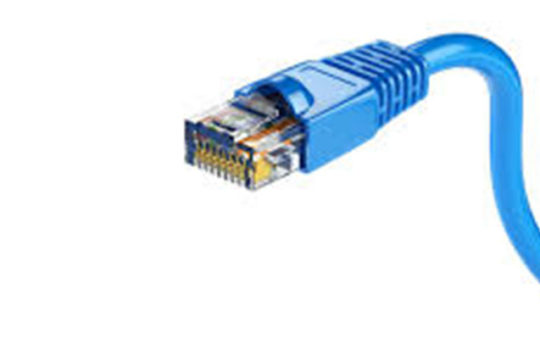Using a home network management utility is a good way to make Windows networking easier for novices and experienced users alike. We look the range of features offered in this genre of software.
by Joseph Moran
Most people with a reasonable amount of networking know-how would probably tell you that Windows XP makes it pretty easy to perform basic networking tasks like connecting to a wired or wireless LAN, accessing the Internet, configuring or printing to a networked printer, or sharing a folder.
But “easy” is a relative term, because while it certainly is simpler to accomplish these tasks in Windows XP than previous versions of Windows, if you aren’t especially knowledgeable about networking, you may still often find performing them a challenge. And since the standard Windows networking tools aren’t always the most efficient, if you re a more-experienced user, you may find performing network tasks more time-consuming or complicated than they need to be.
Using a home network management utility can be a good way to make Windows networking easier for novices and experienced users alike. Products in the category include Pure Networks’ Network Magic (see our review), SingleClick Systems’ HomeNet Manager (see our review), or Sereniti’s NetTrooper (look for a review of NetTrooper here on Practically Networked in the coming weeks). Utilities such as these employ a variety of methods to help streamline and simplify networking. By adding special drivers to your system’s network stack, they’re able to consolidate and automate a variety of common network functions, plus add some additional capabilities such as network management, enhanced security, and diagnostic and troubleshooting features that go beyond what comes standard with Windows.
What’s That Term? Not sure what a particular term means? Check out the searchable PracticallyNetworked Glossary. |
File and Printer Sharing
Perhaps the biggest benefit to home network management utilities is the simplified resource sharing they offer — at least when you install the software on all the systems on your network.
For starters, you can access file and printer sharing wizards (as well as previously shared resources) in one place rather than having to hunt for them in different areas of Windows. But the sharing procedures themselves are also greatly simplified, often requiring just a mouse click or two instead of having to proceed through the steps of a conventional wizard.
The same is true when sharing printers — most home networking management utilities can share a printer on your network and then automatically configure it on every other system you have. This includes installing the printer drivers, which is normally something you need to do manually on each computer.
Network Management
Another important feature common to home networking management utilities is network visualization. This feature discovers all the network devices you have and displays them on a graphical map. It can be helpful when you have lots of devices on your network — especially nonPC devices such as printers, DVRs or game consoles. Your map gets updated as network devices are added or removed, making it easy to keep tabs on your entire network or see the status of individual items. You can also usually check the status (and benchmark the speed) of your network’s Internet connection.
Troubleshooting
Even when all the devices on your network have been configured correctly, things still can and do periodically go wrong. When this happens, figuring out exactly what and where the problem is can be difficult. Home networking management utilities can aid in the diagnosis and troubleshooting of network ills, often automatically correcting problems before you even become aware of them.
Consider, for example, a scenario where one of your PCs loses the ability to browse Web pages. The problem could lie in any of several places — with your PC, your router, your DSL/cable modem hardware, or the problem might not be on your network at all but on your ISP’s network (say, a DNS failure [define]). Pinpointing and fixing a problem like this usually involves multiple steps, including checking your router and running multiple command-line utilities like IPCONFIG [define] and PING [define].
By contrast, a home networking management utility will monitor your Internet connection continuously, and if the connection is interrupted, will automatically initiate actions like obtaining a new DHCP IP [define] address, disabling and re-enabling a network adapter, and so forth in an attempt to correct the problem. If it’s unable to restore the connection on its own, the software will usually suggest appropriate steps to take, such as checking the physical cabling or restarting the DSL/cable modem. Similar monitoring and troubleshooting takes place when there’s a problem with an internal network connection (say, with a wireless notebook or a shared folder).
Security
>Home Networking utilities can also improve network security, either by augmenting the security features of your router or making existing features more convenient to use. For example, if your router is compatible with Network Magic, the software can automatically turn on and configure its MAC address [define] filtering feature (creating entries for all network devices it detects), which is considerably faster and less error-prone than finding the addresses and entering them yourself. For its part, HomeNet Manager provides a router-independent security feature that lets you kick unauthorized clients off your the network — it mimics a DHCP server and issues them bogus DHCP addresses that place them on an isolated subnet.
You can add any of the home network management utilities mentioned here to your network for around $30 though the final cost will depend on how many systems you have (all let you install the software on at least three systems without having to buy additional licenses). All the products are also available in trial versions, so you can kick the tires before buying.
Joe Moran is a regular contributor to PracticallyNetworked.



